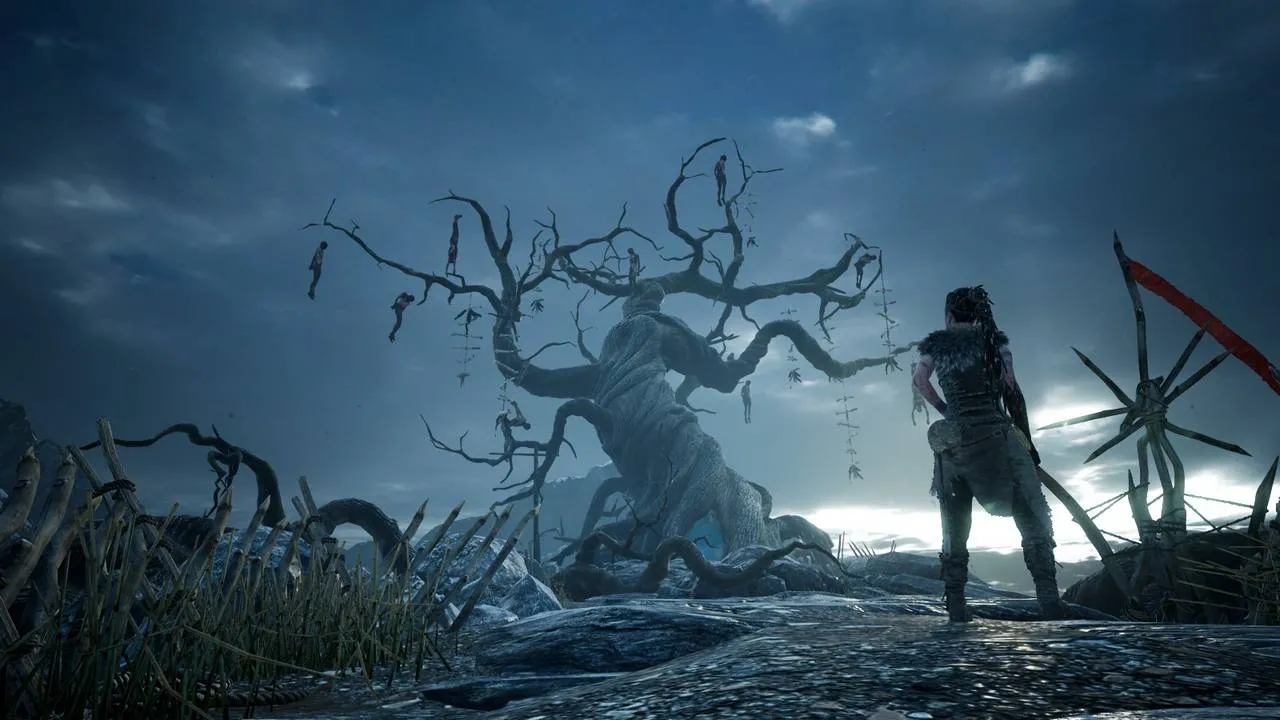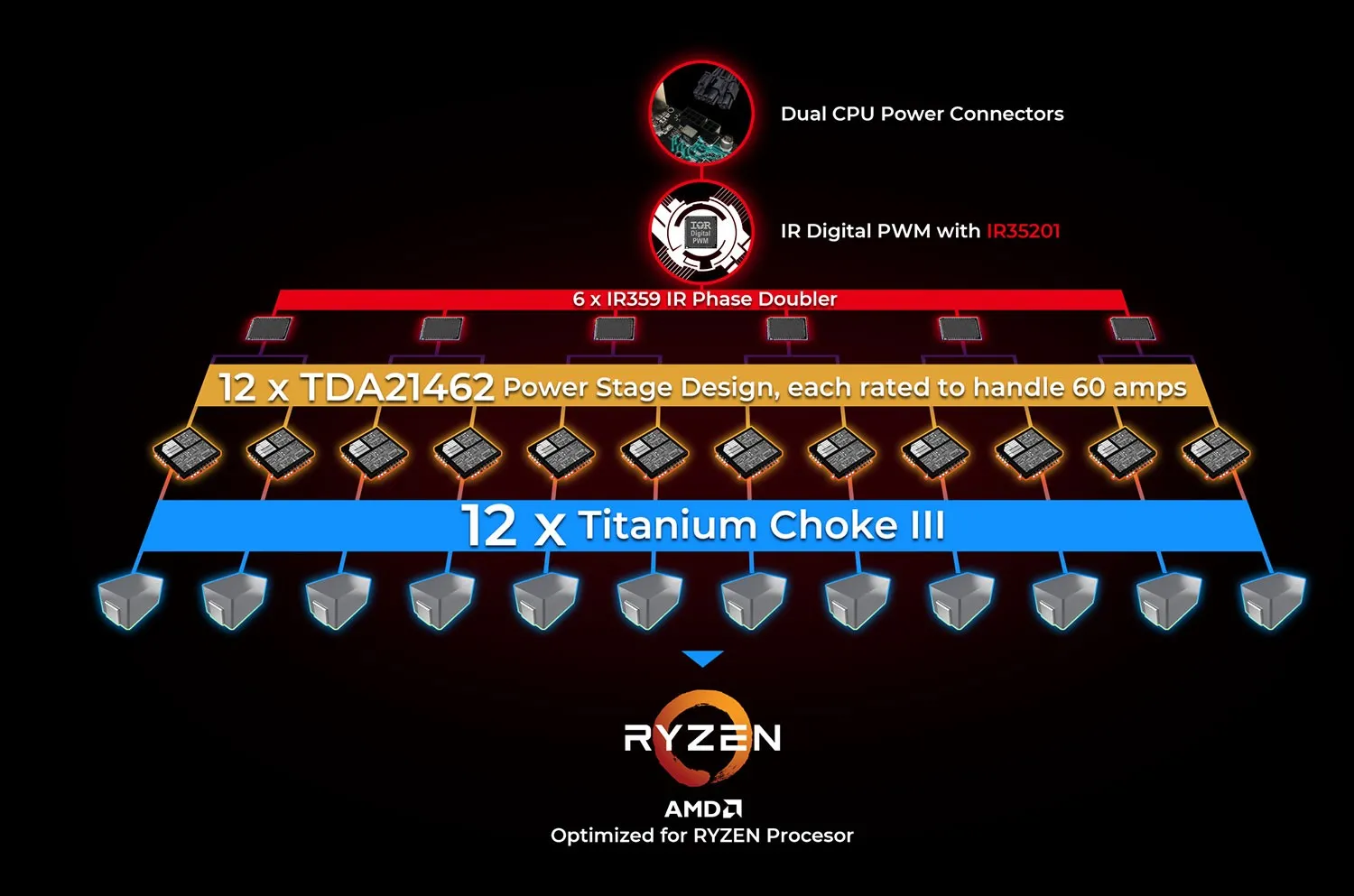
Hellblade: Senua’s Sacrifice – A Journey Through Mental Illness
Contents
The darkest battles are fought within the human mind. Doubt and uncertainty bury us, fear gnaws at our souls, and lies distort our perception, turning love into suffering. Yet, without darkness, where would we find solace? Where would our thoughts drift in the quiet emptiness? Hellblade: Senua’s Sacrifice emerges as a powerful beacon in this eternal night, reminding us that “we are all prisoners of our own minds.” The game achieves something far greater than mere entertainment; it offers a profound and unforgettable experience.
 Hellblade
Hellblade
A Sacrifice for Redemption
Senua’s descent into the Norse underworld of Helheim to retrieve her lost love begins shrouded in a “Heart of Darkness” atmosphere. A pervasive mist obscures the world, the darkness of death revealed only as Senua approaches. From the outset, her psychosis is evident. The Furies, two voices constantly whispering in her mind, serve as both the player’s perspective and a manifestation of Senua’s thoughts and actions. They taunt, question, and occasionally offer encouragement. Despite their fluctuating temperament, their primary purpose is clear: to ensure Senua’s survival.
The Furies’ warnings of imminent danger during combat sequences act as a unique form of player guidance. The close-up, over-the-shoulder perspective is deliberately unsettling, constantly reminding the player of the unseen threats lurking just beyond their vision. This intensifies the experience, making every encounter deeply personal, even when outnumbered.
 Hellblade
Hellblade
This fear of failure becomes an unexpected strength of Hellblade’s combat system. The game intentionally lacks a traditional HUD, forcing players to rely on their instincts and observations. While the core mechanics are relatively simple – basic attacks, parries, and dodges – the weighty feel of each blow empowers the player. The unlisted moves encourage experimentation, creating hidden depth within the seemingly simple combat.
Perception and Reality
Perception is a key theme in Hellblade. It influences every aspect of the gameplay, particularly through Senua’s eyes. The tight camera angle isn’t about showcasing spectacular combat; it’s about creating a sense of vulnerability, amplifying the psychological tension. This focus on perception is further emphasized through the game’s visual puzzles. While the recurring motif of finding symbolic patterns can feel repetitive, the game constantly challenges the player’s perception of reality. From reality-bending gateways to apparitions that vanish when unseen, Hellblade blurs the lines between what is real and what is not.
 Hellblade
Hellblade
Sound plays a crucial, yet “invisible,” role in shaping perception. The constant presence of the Furies’ voices creates a cacophony within Senua’s mind, leaving little room for silence. When silence does occur, it’s chillingly effective. Sudden threats, triggered by visual cues, are brief but impactful, highlighting Senua’s fear and paranoia.
Rising and Falling
Hellblade isn’t about glorious rewards or conventional entertainment. It offers a challenging and uncomfortable experience, tackling the difficult subject of mental illness with both familiarity and innovation. It’s a subject still often misunderstood and trivialized. Hellblade portrays the realities of psychosis, depression, and mental illness with a raw and unflinching honesty. The internal voices, the haunting visions, and the debilitating despair are not romanticized but presented as they are: real and terrifying.
 Hellblade
Hellblade
Senua’s journey is marked by the “rot” that spreads across her arm, a visual representation of her deaths and the player’s fear of failure. Her quest to reclaim her love transforms into a desperate obsession, leading to a shattering loss of faith. As Senua’s mind descends further into darkness, so too does the environment of Helheim, reflecting her internal struggle.
Despite the bleak narrative, Hellblade never feels aimless. Every struggle, no matter how difficult, reaches a conclusion. Melina Juergens’ captivating performance as Senua, combined with the haunting voices of the Furies, elevates the story to a new level of emotional intensity.
A Norse Tragedy
The game skillfully integrates Norse mythology into Senua’s narrative through the runes and stories told by Druth, her former companion. These stories, while familiar, are interwoven seamlessly with Senua’s experiences. From the creation of the Nine Realms to the tale of Sigmund and the sword Gram, the mythology resonates with Senua’s personal journey. Her sacrifice mirrors Odin’s, who sacrificed an eye for wisdom. Her love for Dillion echoes the tragic love story of Baldr and Nanna.
A Powerful Message
Hellblade: Senua’s Sacrifice is a unique and powerful game. It respects its source material, portrays mental illness with sensitivity and accuracy, and trusts the player to engage with its challenging narrative. Developed with AAA-level dedication but on an independent scale, Hellblade shines a light on a subject rarely explored in video games. It’s not about entertainment; it’s about raising awareness and understanding of a pervasive issue affecting millions. Depression and mental illness are not a joke; they can be more destructive than any physical ailment. They could be affecting someone you know. Hellblade: Senua’s Sacrifice is a game that deserves to be experienced.
 Hellblade
Hellblade





Comments (0)